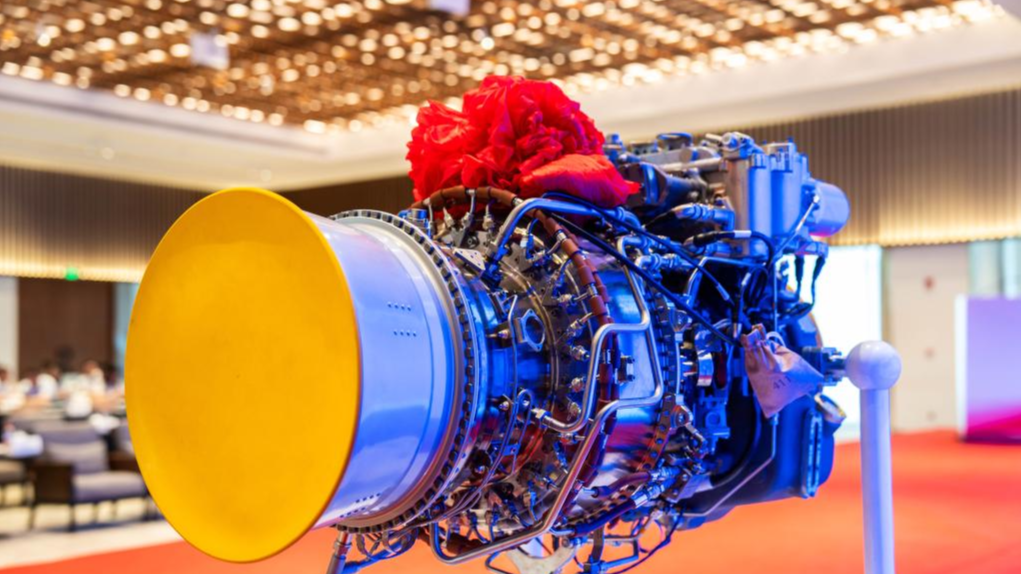
BEIJING - China successfully completed the maiden flight of a domestically developed ultra-lightweight miniature jet engine, which was entirely manufactured using 3D printing technology.
This achievement marks a breakthrough in advanced propulsion design and manufacturing, according to the engine's developer.
The flight test took place on Tuesday in North China's Inner Mongolia autonomous region, reaching a maximum altitude of 4,000 meters. It comprehensively demonstrated the operational reliability and stability of the engine under authentic flight conditions, Aero Engine Corporation of China (AECC) said in a press release on Wednesday night.
READ MORE: China promotes development of key cutting-edge materials
The engine represents China's first-ever flight-validated turbojet engine in the 160-kilogram thrust class to be manufactured entirely using multi-disciplinary topology optimization additive manufacturing (3D printing) techniques, said AECC.
"This successful inaugural flight lays a more solid technical foundation for the research and development of future advanced aviation engines in China," it said.
The core innovation lies in the revolutionary integration of advanced design methodologies with 3D printing capabilities, filling a crucial domestic gap in the full-engine engineering application of this specific technology direction, AECC noted.
The research team pioneered the application of multi-disciplinary topology optimization specifically tailored for 3D printing. This approach, coupled with integrated component design, allowed for a dramatic reduction in overall engine weight and a significant enhancement in critical performance metrics, the corporation said.
READ MORE: Chinese manufacturers embrace the digital economy
Prior to the flight, the engine had already undergone and passed rigorous ground-based verification testing to ensure that performance meets all targets and the validated service life is sufficient, it said.


